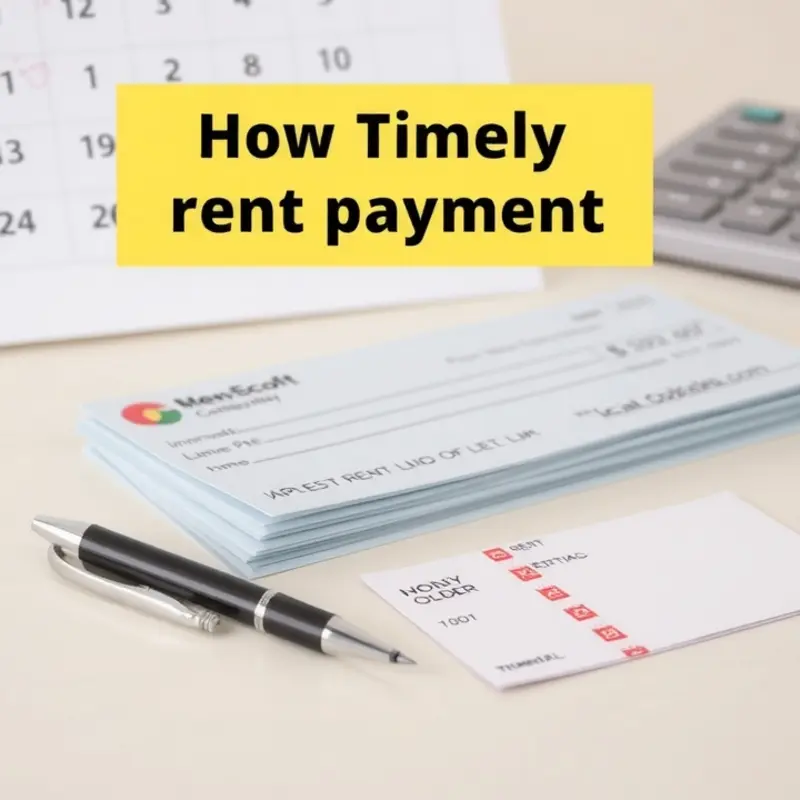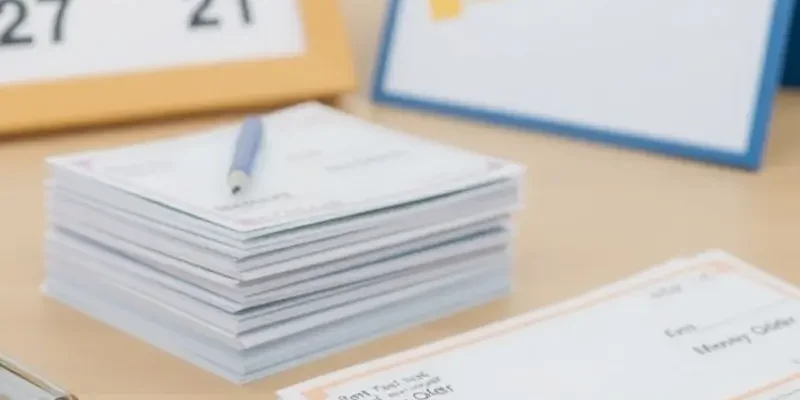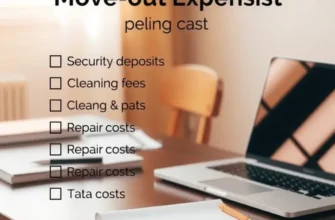Finding the right rental payment method is crucial, especially for young professionals, students, couples, and families. Rent can be one of the most significant monthly expenses, and understanding your payment options can alleviate stress and create financial clarity. Whether you’re stepping into your first apartment or moving into a family home, it’s essential to explore various methods that suit your lifestyle and budget. From traditional checks to digital solutions, knowing the advantages and potential drawbacks of each method can empower you to make informed decisions. This guide aims to clarify payment options, highlighting the benefits of each method while ensuring you feel confident and secure as you navigate your rental journey. Understanding these options will not only simplify your monthly budgeting but also help establish a smooth landlord-tenant relationship. Let’s uncover smart solutions tailored to your needs.
Traditional Payment Methods: Checks and Money Orders

When it comes to paying rent, traditional methods like personal checks and money orders are still favored by many. These tried-and-true methods offer a level of comfort and familiarity, especially for those who appreciate the tangible aspects of financial transactions.
Personal checks are a straightforward method of transferring money directly from your bank account to your landlord. Their main advantage lies in the paper trail they provide—a written record that confirms both the payment amount and the recipient. Many landlords appreciate checks for this reason, particularly if they’re accustomed to handling their accounting manually.
Nevertheless, using personal checks does require some foresight. It’s crucial to ensure that your account has adequate funds at the time your landlord deposits the check, as bounced checks can lead to hefty fees and damage your relationship with your landlord. A practical tip to avoid this scenario is to maintain a buffer in your checking account to safeguard against unexpected withdrawals or miscalculations.
Money orders are another reliable option, offering safety and ease for both tenants and landlords. These pre-paid documents are available at numerous locations, including post offices and supermarkets, making them accessible for most renters. Money orders are a predictable payment method, as they can’t bounce or incur overdraft fees, ensuring that the exact amount is securely exchanged.
A notable benefit of a money order is that it can be tracked until it is delivered and cashed by your landlord. This is particularly appealing for first-time renters who may be more concerned about the security of their funds. However, it’s important to note that a lost money order can delay payment, leading to potential late fees. Always keep the receipt and use any tracking options provided when purchasing your money order.
Despite their benefits, both personal checks and money orders come with pitfalls. Payments can be delayed if sent via mail, adding a layer of uncertainty to the transaction. Additionally, human error, such as incorrect amounts or missed signatures, can result in payment rejection. To combat these issues, double-check every detail before sending your rent and consider hand-delivering payments when possible.
Choosing the best method often depends on personal circumstances. For renters interested in maintaining or building their credit, timely payments using checks can be a beneficial practice when reported to credit agencies. For more tips on improving your rental credit score, consider exploring resources on renter credit improvement tips.
Ultimately, while digital payment methods are gaining ground, checks and money orders remain a viable option for many renters, offering assurance and a physical transaction record. By understanding their advantages and potential drawbacks, you can navigate these traditional payment methods with confidence and diligence.
Digital Innovations: Online Payments and Apps

For many renters, the convenience of digital solutions is transformative. Online platforms replace old-fashioned rent payment methods by offering convenience and security without the need for checks or cash. These platforms are as versatile as they are efficient, catering to young professionals, students, families, and first-time renters alike.
Advantages of Online Platforms and Mobile Apps
Utilizing online rent payment platforms provides several benefits. Beyond convenience, these platforms often offer features like automatic payments. This helps avoid late fees by ensuring payments are made promptly. Furthermore, users can track their rent payment histories, aiding in maintaining organized financial records, which can be crucial for tasks like tax filing or budgeting.
Security is another significant advantage. Transactions are typically encrypted and protected by various forms of authentication, reducing the risk of fraud compared to traditional methods. Additionally, most platforms will notify users of any suspicious activity, adding another layer of protection.
Selecting the Right Service for Your Needs
Choosing the best digital rent payment service involves assessing your unique needs. For young professionals prioritizing integration and automation, platforms that sync with financial planning tools can be beneficial. Families might focus on services that offer multiple user accesses or split payment functionalities. Those new to renting could benefit from straightforward, user-friendly apps.
Consider the potential transaction fees, as these vary between services. Some platforms might charge a flat fee or a percentage of the transaction. It is important to weigh these expenses against the benefits offered, such as convenience or added security features. Taking time to compare these aspects will ensure you select a service that aligns with your financial situation.
Setup Tips for a Smooth Experience
Setting up digital rent payments often requires creating an account, entering payment details such as bank account information or credit card numbers, and verifying your identity. It may seem straightforward, but reviewing the platform’s terms and conditions is essential to avoid unexpected fees or limitations.
For maximized convenience, enable notifications for payment reminders and status updates. Regularly updating your payment methods to avoid disruptions, especially when cards expire or accounts change, is also advisable.
Engage with customer support if needed. A quality service will offer robust support options, such as chat or phone assistance, to help resolve any issues swiftly.
Incorporating digital rent payment solutions can streamline your renting experience, making it a seamless and secure process. For tips on managing broader financial aspects of renting, consider exploring financial planning for renters.
Final words
Choosing the right rent payment method can significantly impact your rental experience and financial well-being. Traditional options like checks and money orders offer reliability, while digital methods provide ultimate convenience and efficiency. As you decide which route to take, consider your unique circumstances, the relationship you wish to establish with your landlord, and your personal preferences. Whether you lean towards the tried-and-true or embrace the efficiencies of technology, remember that being proactive about your payment method sets a positive tone for your renting journey. Empower yourself with the knowledge of your options, and ensure that every payment is smooth and stress-free.









